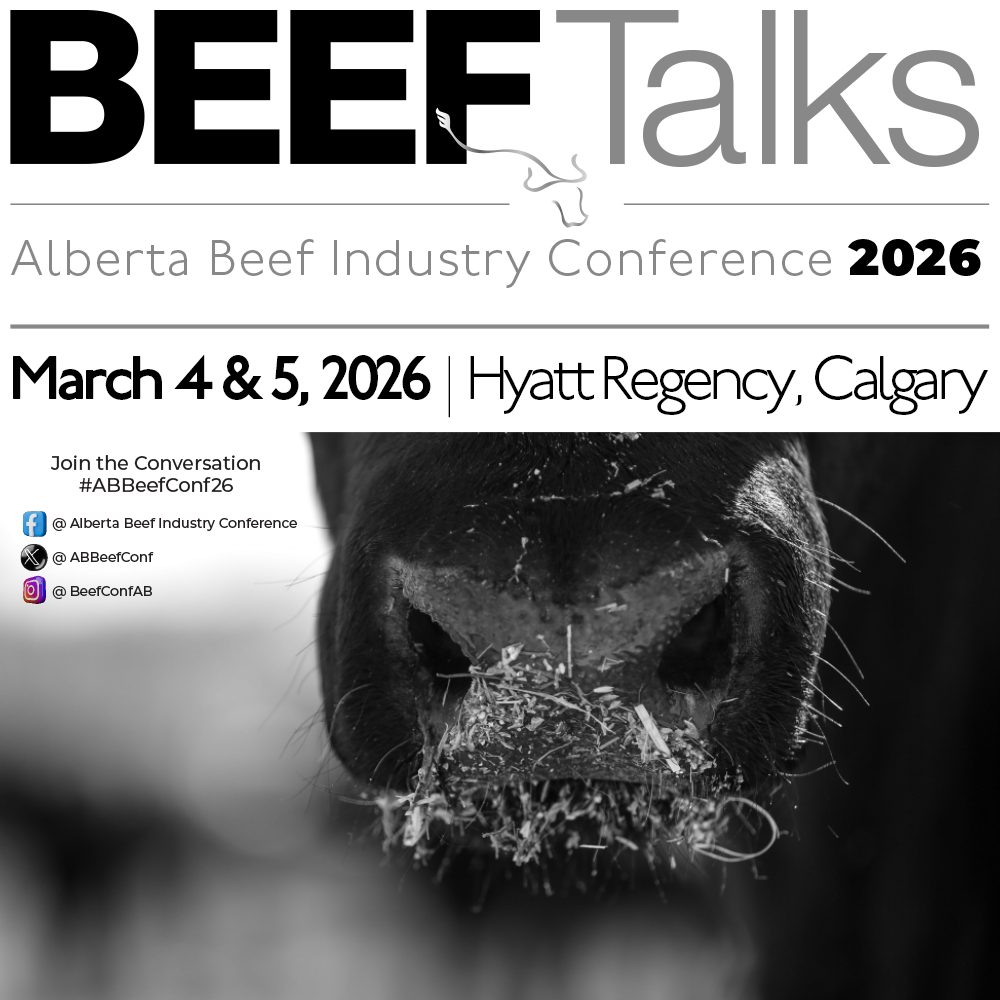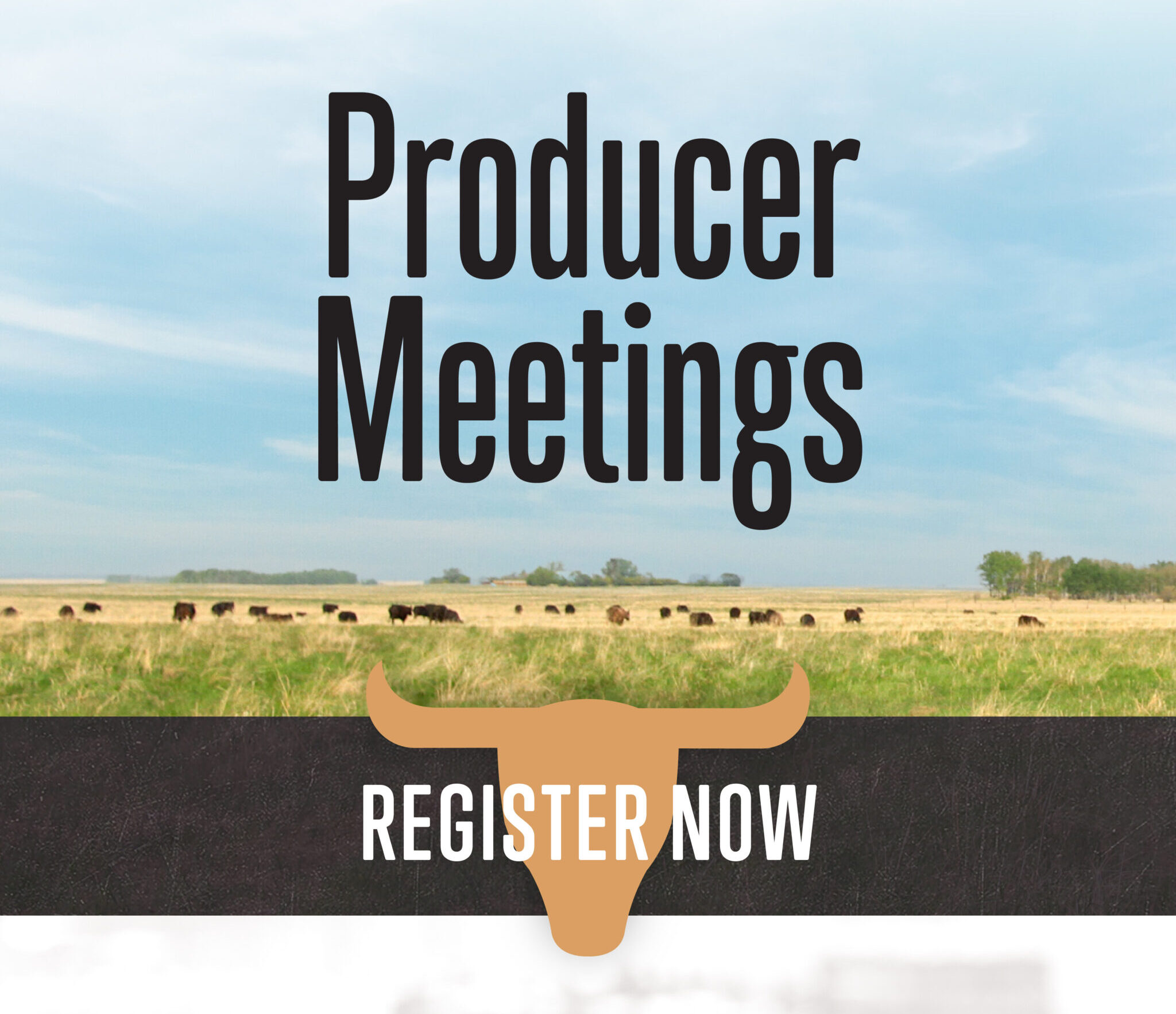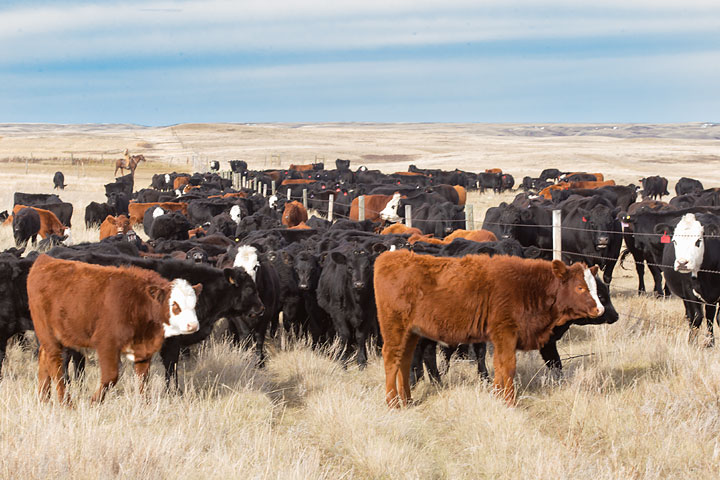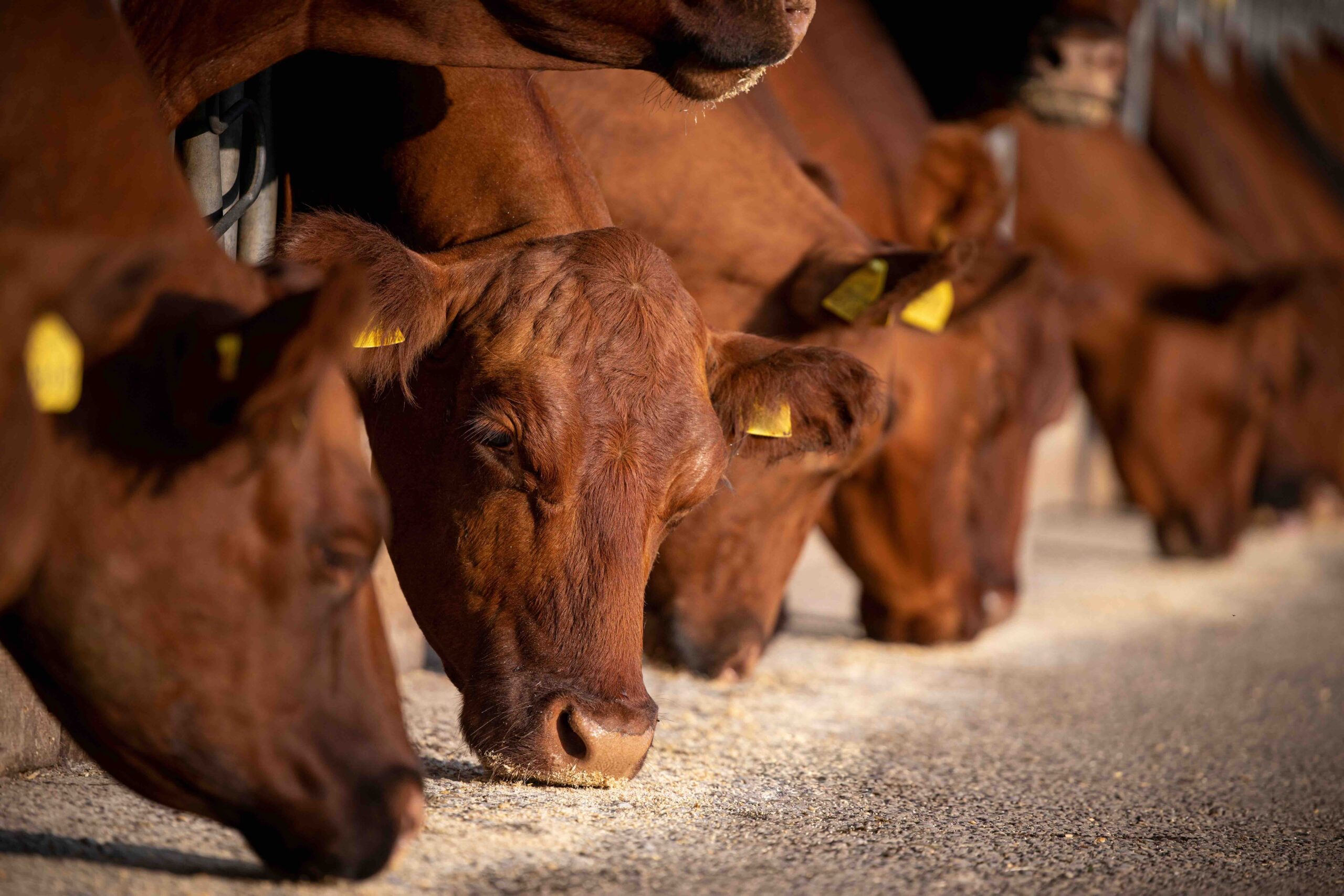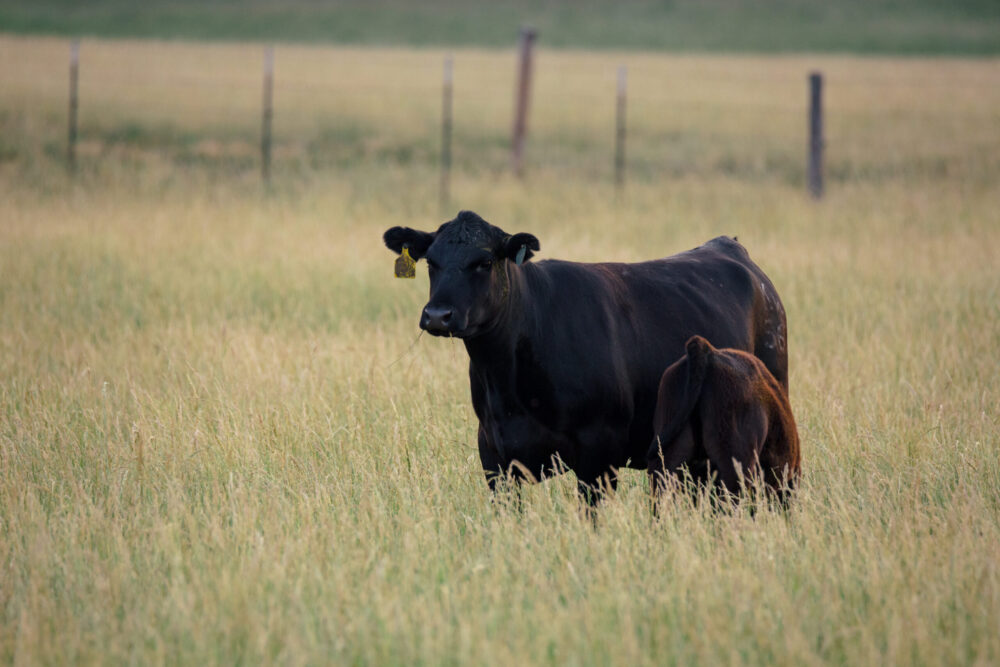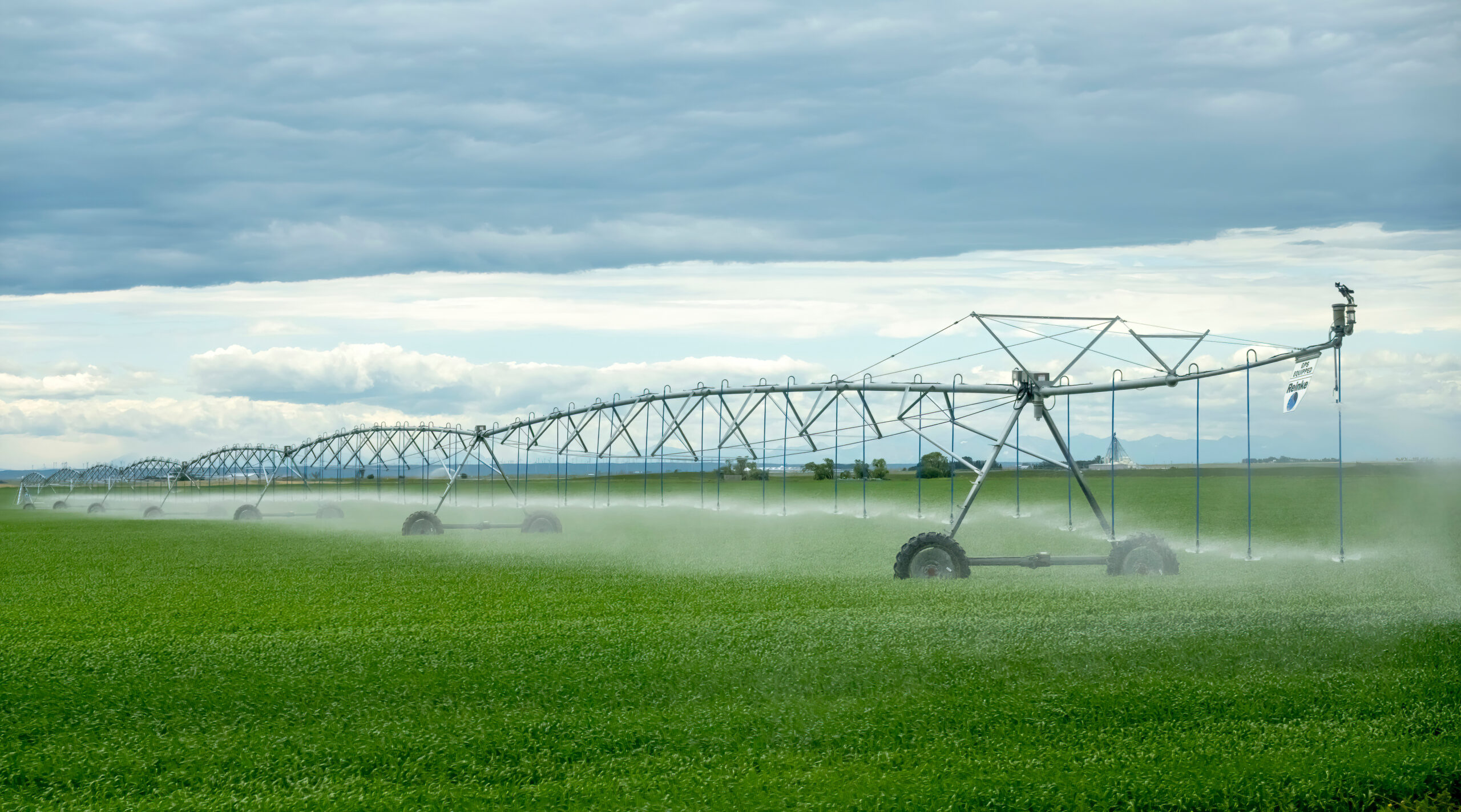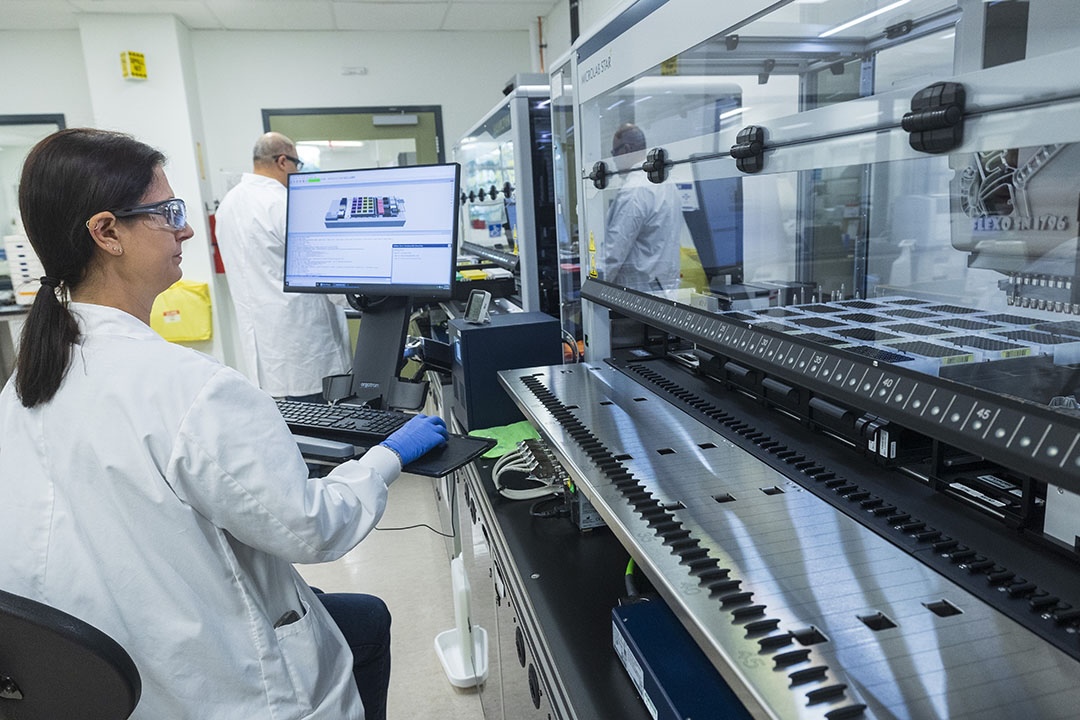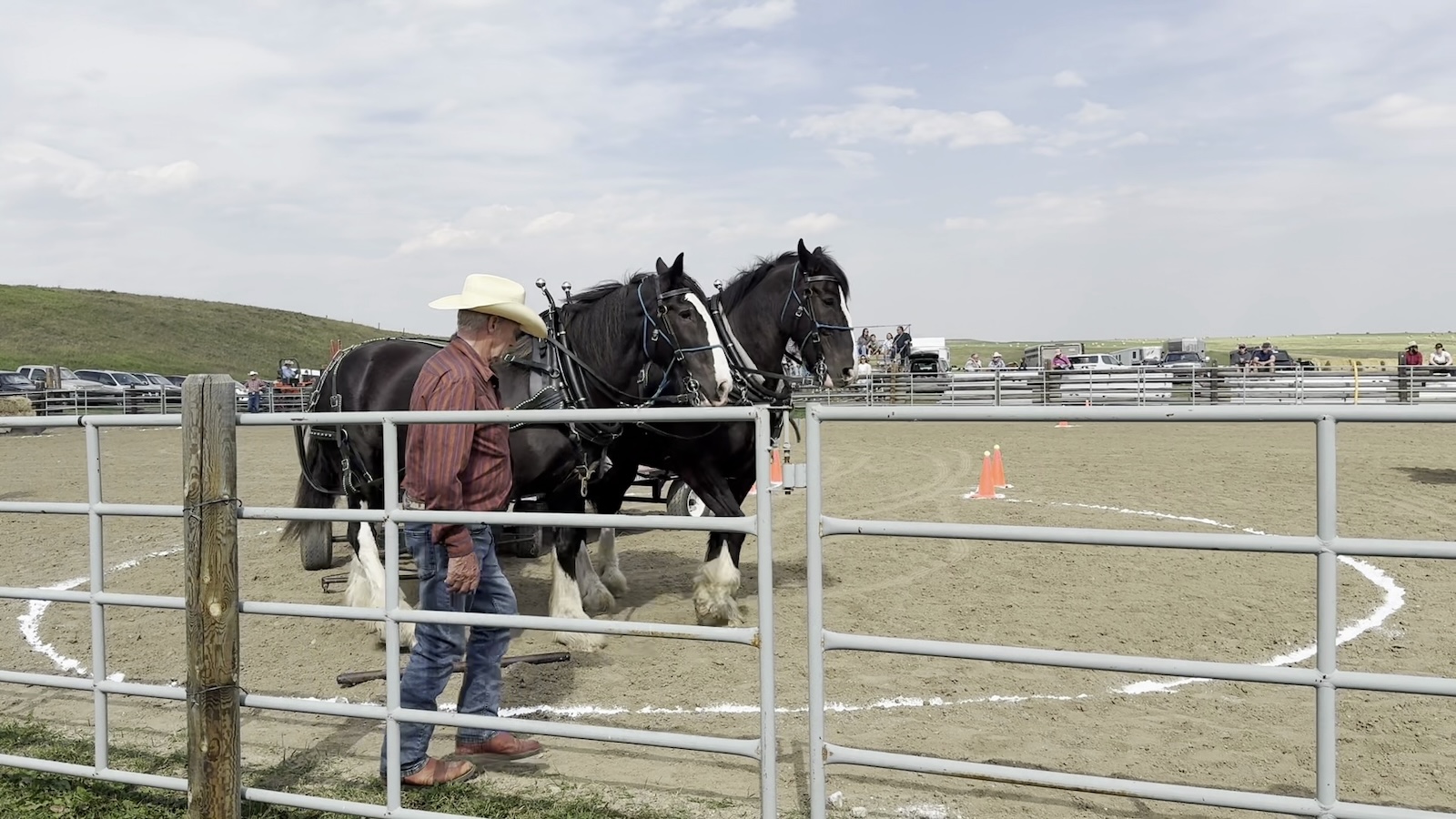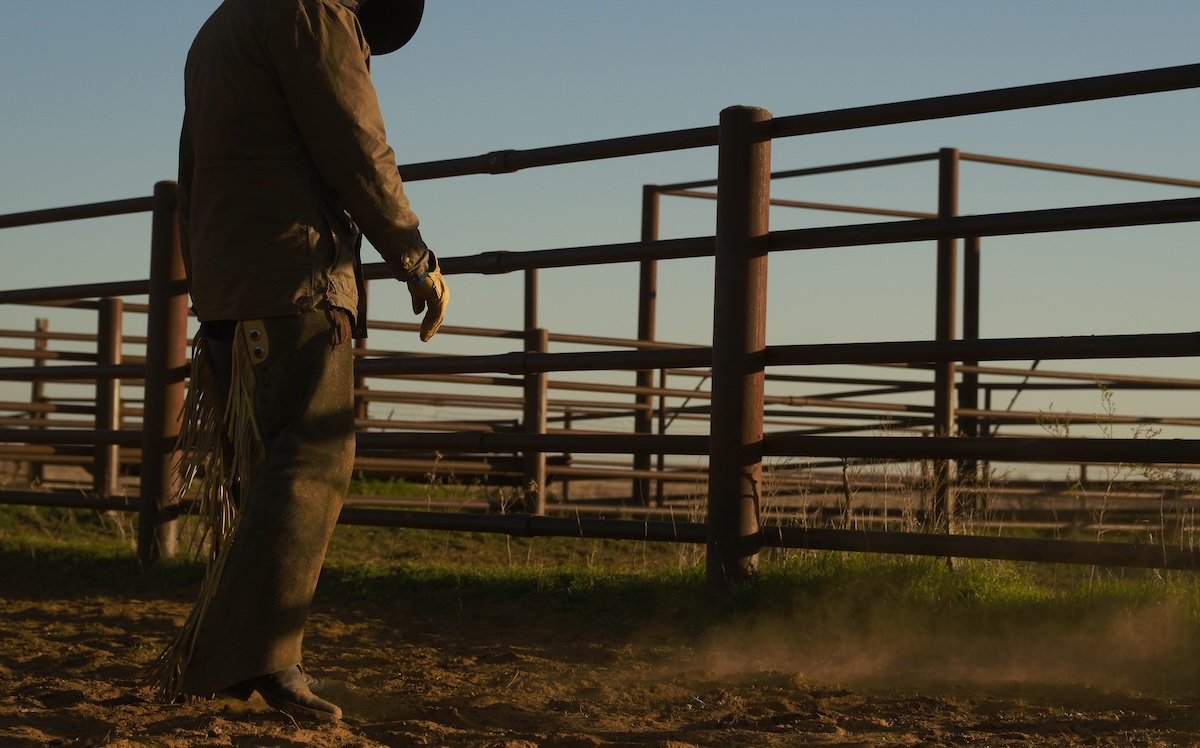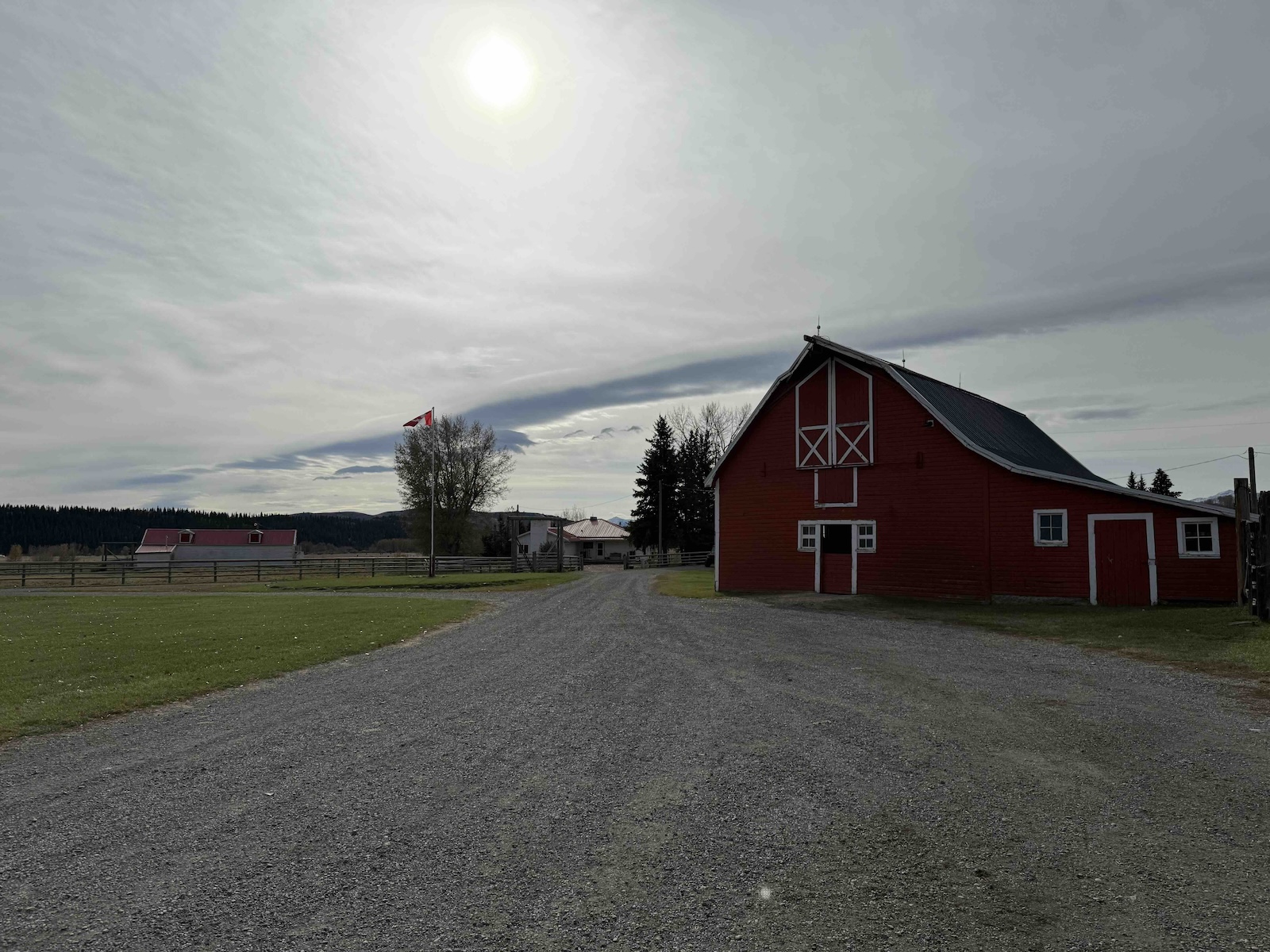AB Direct - Steers
Rail: 492.00-493.50 FOB feedlot (last week)
AB Direct - Heifers
Rail: 492.00-493.50 FOB feedlot (last week)
US Trade- Steers
Rail: 355.00-363.00 (IA, NE) last week
US Trade - Heifers
Rail: 355.00-363.00 (IA, NE) last week
Canadian Dollar
0.19
Beef Cattle Research Council names new executive
The Beef Cattle Research Council (BCRC) has announced its 2025-2026 executive committee following its December meeting in Calgary. The Council is made up of beef producers from across Canada, representing each provincial organization that allocates a portion of the Canadian Beef Cattle Check-Off to research. Nova Scotia producer Dean Manning has been named BCRC Chair….
Canfax Weekly Article | Report for the week of December 8, 2025
Last week, the Canfax average fed steer and heifer price closed around $290/cwt live, $6/cwt higher than the previous week. Light trade was reported with dressed sales from $482.75–487.00/cwt FOB the feedlot. Competition on the cash market was limited with one packer not overly active. Cattle that traded were scheduled for late December and into…
FerAppease for Cattle: Hype or hard data?
As beef producers seek practical tools to improve animal health, productivity, and welfare, stress mitigation has emerged as a key focus—especially during high-stress periods like weaning, transport, and feedlot processing. Among the newest strategies in stress management is FerAppease® (Fera Diagnostics and Biologicals), a maternal bovine appeasing substance (mBAS) marketed to reduce cattle stress responses….
New Alberta program to support the exit of wild boar on farms
Alberta is rolling out new measures to get a handle on wild boar, an invasive species that continues to cause serious damage across rural areas. The province has introduced and opened applications for the new Wild Boar On-Farm Exit Program, which supports farmers and landowners who want to remove wild boars or transition out of…
Alberta proposes updates to Water Act
The Government of Alberta is proposing the first major update to the province’s Water Act since 1999. Introduced as Bill 7, the Water Amendment Act, the legislation is designed to “modernize” Alberta’s water management system to keep pace with a rapidly growing population and evolving economic demands. “Every part of our province and economy relies on water,” said…
Celebrating Alberta talent in ABP Magazine
As part of our 2025 ABP Magazine cover series, we’re featuring talented Alberta artists who capture the spirit of rural life. For our September issue, the cover artwork was painted by Kristin Kueber, an artist from Killam, Alberta. Kristin grew up on her family’s purebred Simmental cattle and grain farm, and that background inspires her…
Beef producers gain a made-in-Canada DNA testing option
A new partnership is bringing beef DNA testing back to Canada. The Global Institute for Food Security (GIFS) at the University of Saskatchewan and the Canadian Beef Improvement Network (CBIN) have announced a new strategic partnership to deliver DNA testing and analysis services, giving Canadian beef producers an alternative to sending samples abroad. Bringing testing…
Alberta Beef: Chili and chore horses at the Bar U
The Bar U Ranch National Historic Site has a way of making history feel close enough to touch, especially when woodsmoke hits the air, draft horses shift in their harnesses, and the steady rhythm of an old-style camp cookout comes to life. That made it the perfect place for the first-ever Chuckwagon Chili Cook-Off, hosted…
Canfax Weekly Article | Report for the week of December 1, 2025
Alberta fed steers and heifers closed the week trading at $286 and $283/cwt respectively, down $9/cwt from the previous week. The live cattle futures complex traded limit down on Monday, November 24 before rebounding mid-week. The U.S. Thanksgiving holiday contributed to softer beef demand. Dressed sales were reported at $475–485/cwt delivered, $10–15/cwt lower than the…
Sweat equity or just sweat?
Many still think of farming as a lifestyle choice. Anyone can operate a tractor, right? Put seed in the ground, move cattle to a new pasture, and success appears in the fall. More and more, Canadians romanticize farming without recognizing the effort required to farm. The long hours, the lack of sleep, the never-ending to-do…
Alberta Beef Producers applauds AgriStability enhancements in 2025 Federal Budget
Alberta Beef Producers (ABP) is welcoming amendments to the AgriStability program announced in the 2025 federal budget—changes that represent meaningful progress for cattle producers. Budget 2025 includes $109.2 million for Agriculture and Agri-Food Canada to support the federal-provincial-territorial AgriStability program. Key changes include: ABP Chair Doug Roxburgh says the announcement reflects years of collaboration between industry and government. “Thank…
Calgary Stampede welcomes new OH Ranch Manager
The Calgary Stampede has announced that Tyler Ritchie has accepted the role of Ranch Manager within its Agriculture & Western Events team. Reporting to Brett Warder, Manager of Agriculture and Western Events Operations, Ritchie will oversee and manage the day-to-day operations of the historic OH Ranch in Longview, Alberta. “Tyler brings an impressive depth of…

